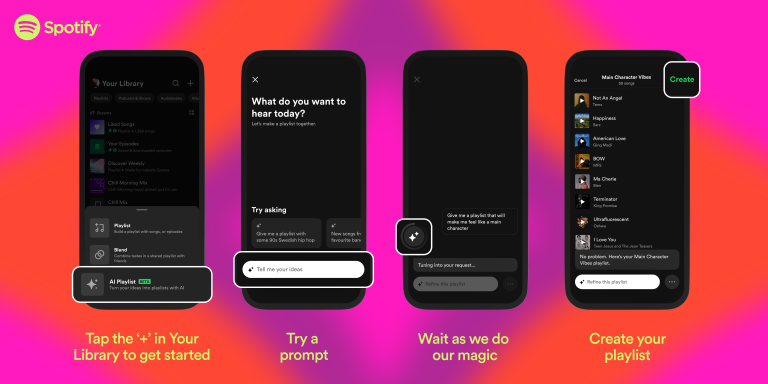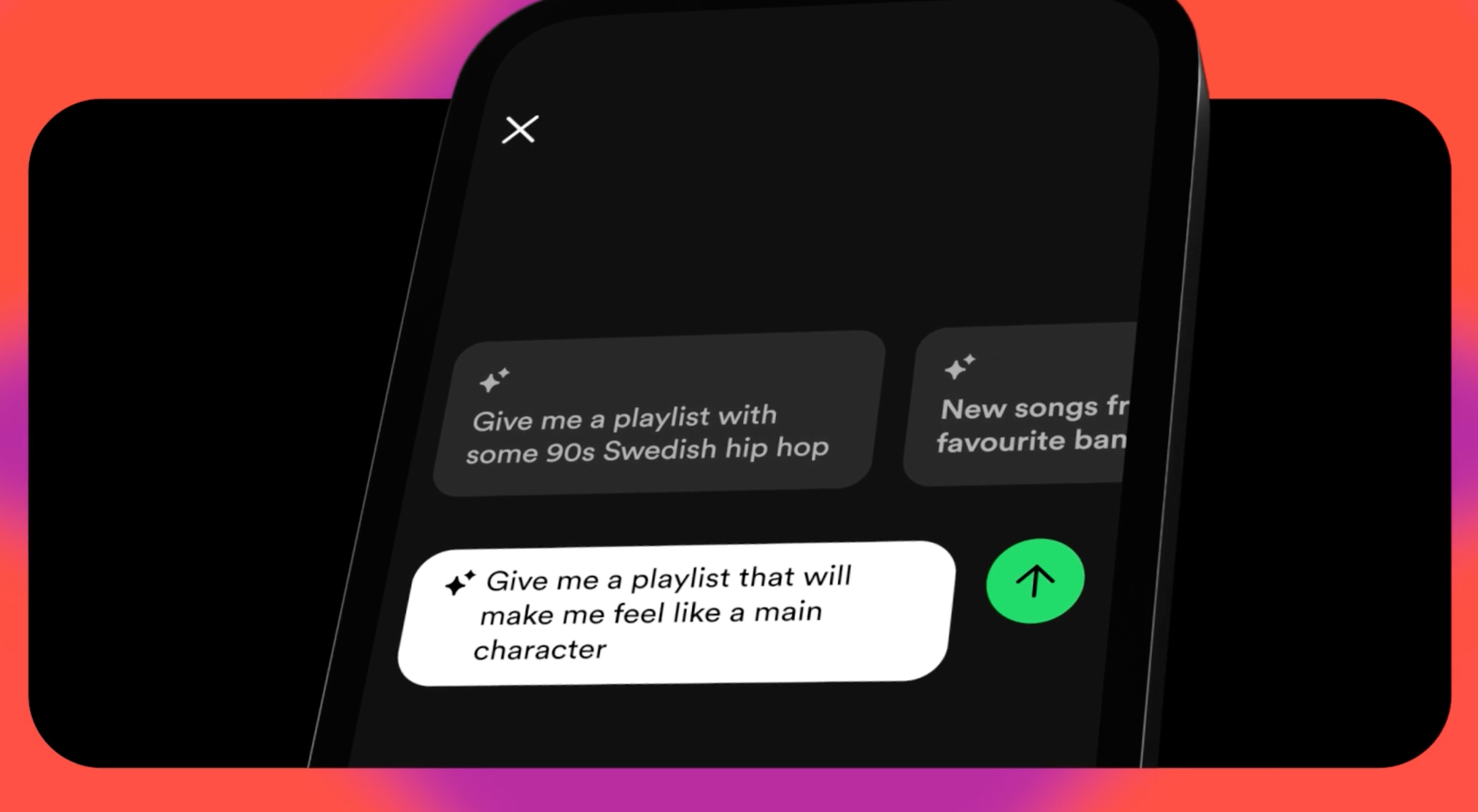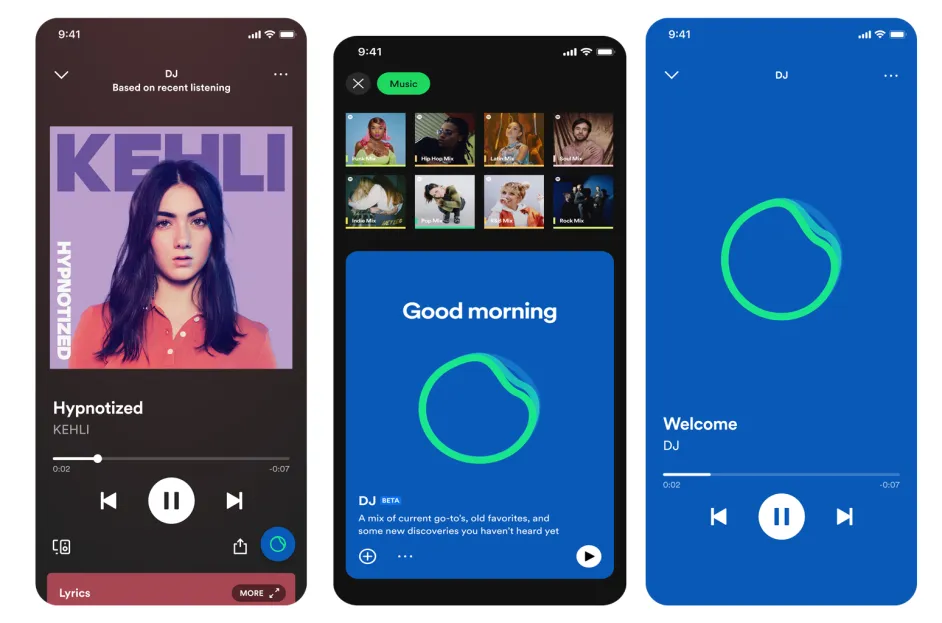Spotify



Spotify leverages AI to personalize recommendations and optimize its music and podcast offerings.
Personalized Recommendations:
Discover Weekly: Uses collaborative filtering and machine learning to create a personalized playlist of songs based on a user's listening history and the preferences of users with similar tastes.
Daily Mix: Combines songs from a user's library with new recommendations, grouped into multiple playlists to suit different moods and genres.
Release Radar: Provides a weekly playlist of new releases from artists a user follows or has shown interest in, based on listening habits.
Natural Language Processing (NLP):
Podcast Transcriptions and Search: Uses NLP to transcribe podcast content and improve searchability, allowing users to find specific topics or episodes more easily.
Lyric Analysis: Analyzes lyrics to understand the themes and emotions of songs, which can enhance recommendations and create context-aware playlists.
Collaborative Filtering:
User Similarity Analysis: Identifies users with similar listening patterns to recommend music that those similar users enjoy, enhancing discovery through shared tastes.
Content-Based Filtering: Analyzes the audio features of songs (tempo, key, time signature, etc.) to recommend tracks with similar characteristics.
Deep Learning and Audio Analysis:
Audio Feature Extraction: Uses deep learning to analyze various attributes of audio tracks, such as tempo, energy, danceability, and valence, to better understand and recommend music that fits a user's preferences.
Mood and Genre Detection: Detects the mood and genre of songs to create mood-based playlists and improve the accuracy of recommendations.
Predictive Analytics:
Churn Prediction: Uses predictive models to identify users at risk of unsubscribing and implements targeted interventions to retain them.
Content Popularity Forecasting: Predicts the potential popularity of new songs and albums to better curate playlists and promote content.
Voice Recognition:
Voice Search and Commands: Enables users to interact with the Spotify app using voice commands, enhancing hands-free usability and accessibility.
Recommendation Algorithms:
Context-Aware Playlists: Uses algorithms to recommend playlists based on the time of day, user activity, and current location (e.g., workout playlists, morning commute music).
Playlist Continuity: Ensures smooth transitions between songs in playlists by considering tempo, key, and mood to maintain a consistent listening experience.
“Design is often associated with how something looks. Yet when designing for content experiences, we have to consider both the pixels and decibels. It’s more about how it works and how it makes you feel”
https://pr-newsroom-wp.appspot.com/2023-10-18/how-spotify-uses-design-to-make-personalization-features-delightful/https://newsroom.spotify.com/2023-02-22/spotify-debuts-a-new-ai-dj-right-in-your-pocket/https://pr-newsroom-wp.appspot.com/2024-04-07/spotify-premium-users-can-now-turn-any-idea-into-a-personalized-playlist-with-ai-playlist-in-beta/